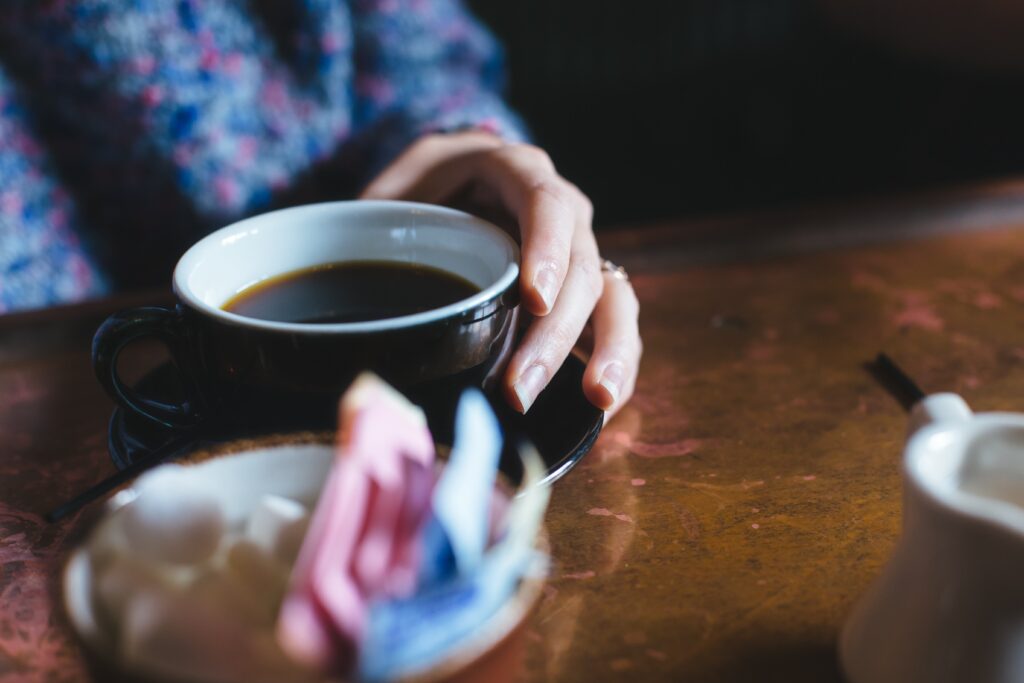How Do Women Do Sobriety?
Roughly two months before Slate’s podcast The Waves went on indefinite hiatus (a real loss, btw), it did a segment on women and alcohol. The co-hosts correctly noted that women, alcohol, addiction, recovery and sobriety have been in the news as of late. Yet it was difficult for the discussion to move much beyond the observation that it seems right that women have experiences with alcoholism and recovery that are different from men’s and that gendered drinking practices are changing more generally. The Waves hosts were not wrong in their assessment nor their lack of clarity. Unless one has reason to pay close attention, the narrative of women and alcohol is challenging to decipher.
The historic and conventional interpretations suggest that women don’t drink like men do; they are less likely to be alcoholics; and they are more likely to be victimized by someone else’s (a man’s) drinking than struggle with their own drinking problem. Inside of the last decade, academic books (Michelle McClellan’s Lady Lushes), journalistic investigations (Ann Dowsett Johnston’s Drink: The Intimate Relationship between Women and Alcohol), and a surge of women’s recovery memoirs (an estimated 35 since 2010 by my count) have productively challenged these notions and made women’s substance abuse more evident. At the same time, some arguments regarding women’s recovery, however, have coalesced around the narrative that Alcoholics Anonymous is not the right place for women to get sober.
About seven years ago Gabrielle Glasser made this claim and it’s been rekindled by Holly Whitaker author of Quit Like a Woman and founder of Tempest Sobriety School (formerly Hip Sobriety). Whitaker authored a New York Times op-ed that argued AA’s focus on powerlessness and ego-deflation is incommensurate with women’s experiences because American women live in a culture that already limits their power and challenges their development of a healthy sense self. Strong agree. Yet those who identify as women and alcoholics, who disdain and resist the realities—patriarchy, sexism, and misogyny— that seek to render women powerless and insecure can simultaneously find utility in a framework that describes powerlessness over alcohol specifically. They can appreciate that the flip side of ego aggrandizement—that is, always thinking one isn’t good enough—can be its own type of self-obsession. Negotiating these apparent paradoxes while recovering as a woman, or even living an overtly sober feminist life, is entirely possible.
Whitaker came under significant fire for the op-ed. My goal here is not to pile on. Having read her book, I’ll say that while I disagree with several of her conclusions, I found an equal amount of wisdom in the text (particularly in the second half of the book). My purpose is this: How we understand and talk about women’s experiences with inebriety and sobriety will impact how women do (or do not) recover. To claim that AA is a categorically bad fit for women is a damaging narrative. It posits that the most ubiquitous free program of recovery, and perhaps their best chance at meeting other recovering people and joining a sizeable sober community, is not really for them. And it ignores that there are all-women’s AA meetings (and LGBTQ meetings).
AA is absolutely a product of its time, place, and progenitors and would do well to consider its assumptions about gender (and sexuality). But these historic roots do not render AA useless for all women. Plenty of organizations are entrenched in men’s prerogatives and experiences; yet rarely do we suggest that women should thus withhold their participation in them. To the contrary, feminist arguments often make the case for the integration and transformation of male-dominated institutions. From AA’s inception in the 1930s through at least the 1970s (and likely longer), it was understood as the only successful program of recovery. This was equally misguided. There should be multiple programs available to all who need them (for example, today one can participate in Women for Sobriety, SMART Recovery, or Refuge Recovery, to name a few). Or as She Recovers argues, there can be “pathways to sobriety” that combine multiple programs and approaches to achieve successful recovery.
The history of women and alcoholism in the United States is instructive because it is rife with misconceptions and stereotypes that stigmatized women’s substance problems and made surviving them even more challenging. For example, in the nineteenth century it was widely accepted that women didn’t drink to ill effect the way some men did. By the mid-twentieth century, women who struggled because of drinking were diagnosed as having pathologized gender identities—in brief, they were too “masculine” as evidenced by their alcohol consumption. Some of the earliest AA members didn’t know quite what to do with women who showed up for their gatherings; there are accounts of women being asked to meet with the wives of alcoholic men rather than then join in the all-men’s recovery meetings. As late as the 1970s, some professionals argued (with next to no empirical evidence) that alcoholic women were harder to treat and many rehab centers would not accept them.
In the present, we would do well to remember this history and consider that any argument that suggests women don’t fit in a mainstream recovery group echoes old erroneous beliefs about women not having substance problems to begin with or not belonging in certain treatment arenas if they do. Clarity around this issue matters. For many of us, how women’s sobriety gets interpreted and represented is a matter of life, death, and plenty of struggle in between.
 "/>
"/>